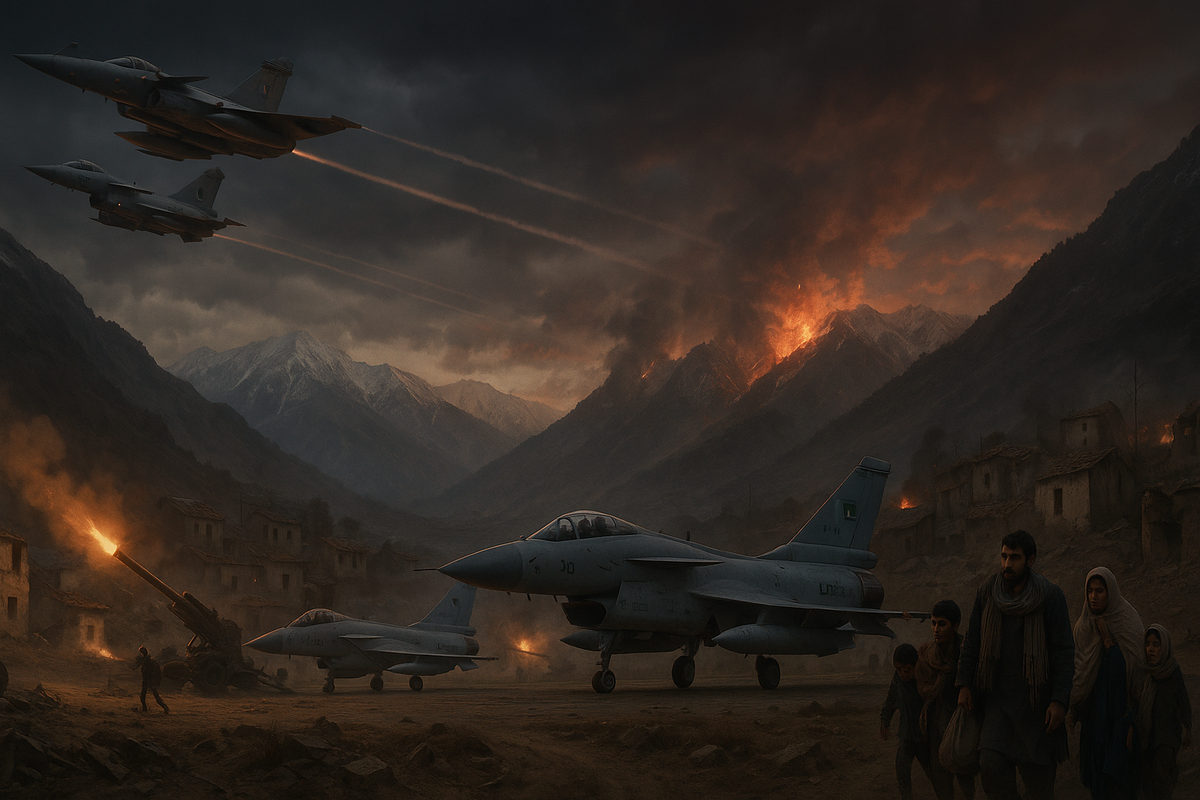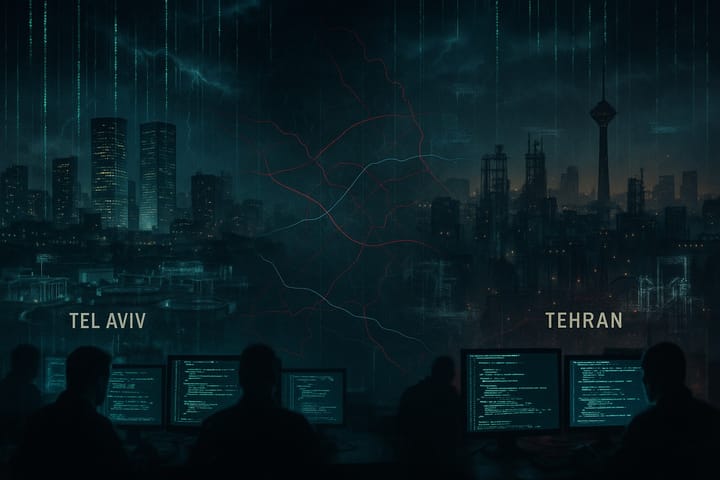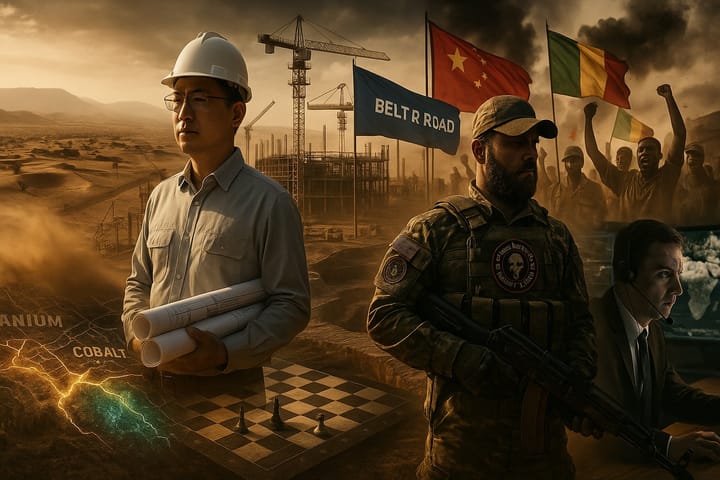India-Pakistan Conflict Escalation (2025): Four-Pillar Analysis
India-Pakistan tensions in 2025 escalate to missile strikes, nuclear warnings, and global ripple effects amid unresolved Kashmir conflict.

Fundamental
Historical Background and the Kashmir Dispute
Since gaining independence from Britain in 1947, India and Pakistan have clashed over Kashmir, with three major wars (1947–1948, 1965, 1971) and one limited conflict in Kargil (1999). The former princely state of Kashmir acceded to India in 1947, but Pakistan claimed the western parts, resulting in a Line of Control (LoC) dividing the region. Since then, the LoC has been a flashpoint, with frequent cross-border skirmishes and mutual accusations of supporting insurgency. Every peace initiative, including the 1972 Simla Agreement, has only temporarily frozen the conflict. This volatile status explains why the April 2025 Pahalgam terrorist attack, killing 26 (mostly Hindu tourists), triggered an intense response from India. Prime Minister Narendra Modi accused Pakistan-based militants and authorized military retaliation at India’s discretion. Pakistan denied involvement but anticipated a retaliatory strike. Given the deep mistrust and war history, the incident became a catalyst for the May 2025 escalation.
Conventional Military Comparison
India’s military outmatches Pakistan in nearly every metric. India maintains about 1.47 million active personnel, more than double Pakistan’s 650–700k. Its defense budget (~US$86 billion in 2024) is over eight times Pakistan’s (~US$10 billion). India fields over 4,000 tanks (T-90, T-72, Arjun) vs. Pakistan’s ~2,400 (mainly Al-Khalid and T-80UD), alongside superior artillery and air force capabilities. The Indian Air Force (IAF) boasts ~700 combat aircraft, including Su-30MKI, Rafale, Mirage-2000, Jaguars, MiGs, and Tejas jets. Pakistan’s Air Force (PAF) has ~350–400 jets: F-16s (~75 active), Chinese JF-17s (>100), and ~25 J-10Cs, along with aging Mirage and J-7s. Airbase locations favor India’s offensive reach. Notably, Pakistani J-10s reportedly downed at least two Indian jets, including one Rafale, though India denied losses. Pakistan aims to close the gap through Chinese tech and frontline deployment.
Missile Arsenal and Nuclear Posture
Both are de facto nuclear powers outside the NPT. India tested its first nuclear device in 1974; Pakistan followed with six tests in 1998. Each now possesses ~160–170 warheads. India’s Agni missile series ranges from 700 km to intercontinental (Agni-V: 5,000–8,000 km). Pakistan’s Hatf series includes Shaheen-III (2,750 km), Nasr (70 km), and Babur cruise missiles. India upholds a No First Use (NFU) doctrine, with civilian-controlled nuclear authority under the Prime Minister. Pakistan maintains strategic ambiguity with its "full spectrum deterrence" strategy and potential first use under certain thresholds (territorial loss, military defeat, economic strangulation, or political destabilization). Both sides operate under distinct command structures, with India favoring credible minimum deterrence and Pakistan ensuring civil-military joint oversight through its NCA.
Sentiment
Media Narratives
Indian media portrayed the May 7 airstrikes as justified anti-terror action under "Operation Sindoor." Coverage emphasized destroyed militant infrastructure linked to the Pahalgam attack, fueling public support. Pakistani media condemned it as unilateral aggression, showing civilian casualties and damaged religious sites. Social media trends like #IndiaStrikesBack and #PakistanStrikes highlighted the polarized narratives, with rampant disinformation adding to the chaos.
Public and Political Reactions
The Indian public, enraged by civilian deaths in Pahalgam, backed retaliation. Nationalist sentiment surged, with rallies and patriotic slogans, though fear grew in border areas, prompting evacuations and panic buying. Pakistani citizens conducted blackout drills and emergency preparations. National unity rose amid political consensus; opposition parties in both nations temporarily supported government stances. However, elite rhetoric remained confrontational, with both sides avoiding conciliatory gestures due to domestic political pressures.
Regional Powers and Nationalism
China diplomatically backed Pakistan, criticizing India’s actions and reportedly gathering intel from the conflict. Russia offered mediation, balancing its ties with both sides. The U.S. condemned the Pahalgam attack and called for restraint but distanced itself militarily. Iran, Turkey, and Gulf states echoed calls for de-escalation. Nationalist politics in both nations amplified aggression—India’s BJP leveraged security narratives, while Pakistan’s military and religious framing of "Operation Bunyanun Marsoos" galvanized support.
Impact
Regional Stability
The LoC ceasefire since 2021 collapsed. Artillery duels resumed, causing civilian deaths and mass displacements. Both sides escalated militarily, risking regional war. Diplomatic ties eroded: embassies downgraded, treaties like the Indus Water Treaty and Simla Agreement jeopardized. Arms races resumed, with India fast-tracking S-400s and drones, and Pakistan seeking aid from China and Turkey.
Nuclear Risk
Pakistan convened its NCA on May 10, signaling potential escalation. Analysts warned this may cross nuclear thresholds, especially if India continued deep strikes. While India avoided explicit nuclear threats, its forces were on alert. Any miscalculation could spiral into tactical or strategic nuclear conflict, with catastrophic regional and global consequences.
Global Market Impact
Stock markets in Mumbai and Karachi fell sharply. Indian rupee and Pakistani rupee depreciated. Gold prices hit new highs as investors sought safe havens. Oil markets remained stable but faced indirect risks from flight reroutes and regional tension. Flights were canceled or rerouted, impacting international airlines and insurance premiums. Investment sentiment weakened, especially in Pakistan, endangering CPEC projects and international investor confidence. Tourism and economic growth prospects in India also took a hit.
Global Intervention Potential
The UN, G7, and several states issued statements urging calm. Hotline diplomacy was activated among intelligence agencies. If escalation continues, emergency summits or peacekeeper deployments may follow. Documentation from government briefings, satellite images, and third-party analyses support the factual grounding of the events described.
Overall, the 2025 conflict underscores Kashmir’s unresolved volatility. Until a political solution is reached, South Asia remains a potential nuclear flashpoint, with ripple effects from Islamabad to Wall Street.





Comments ()